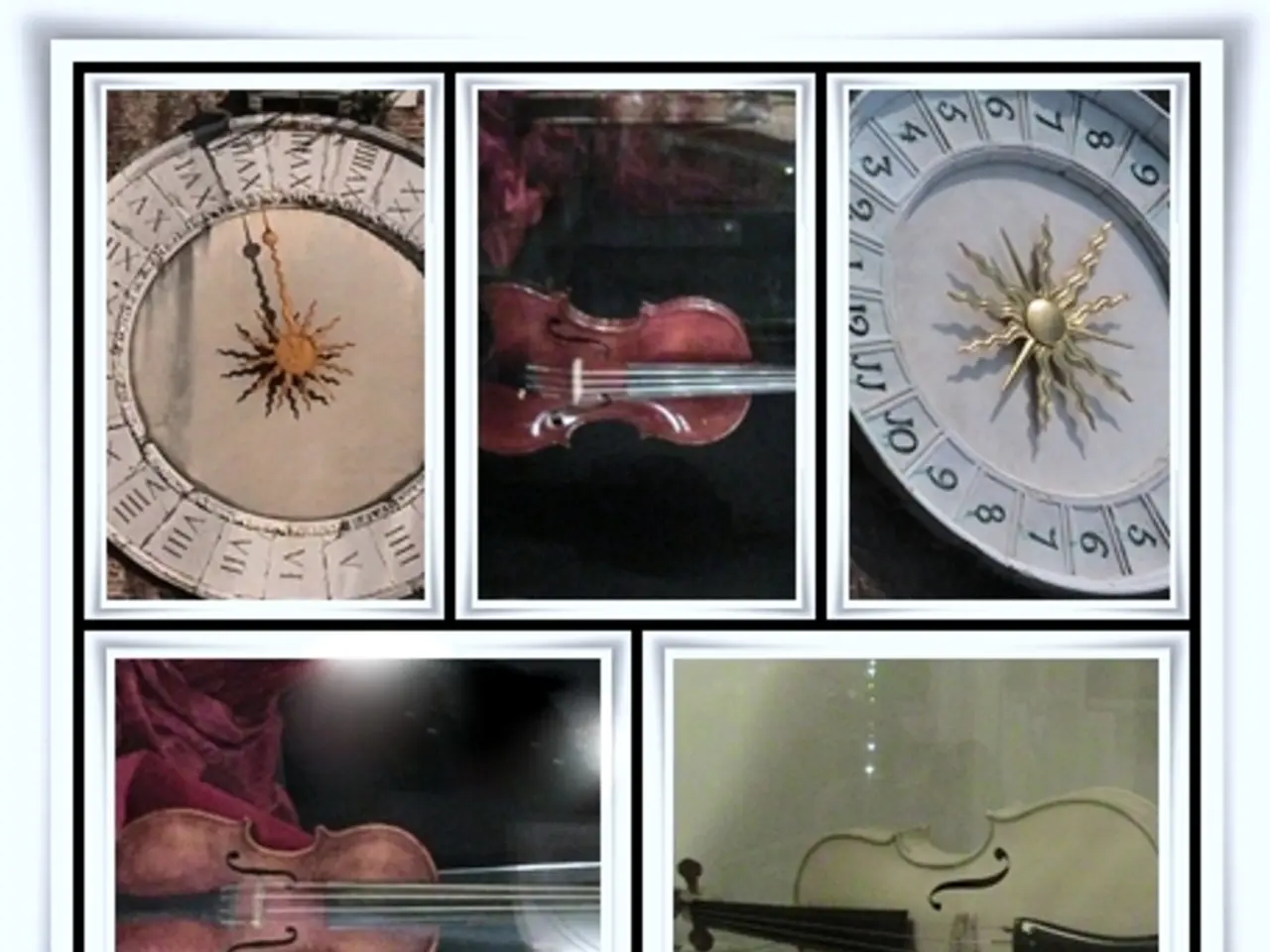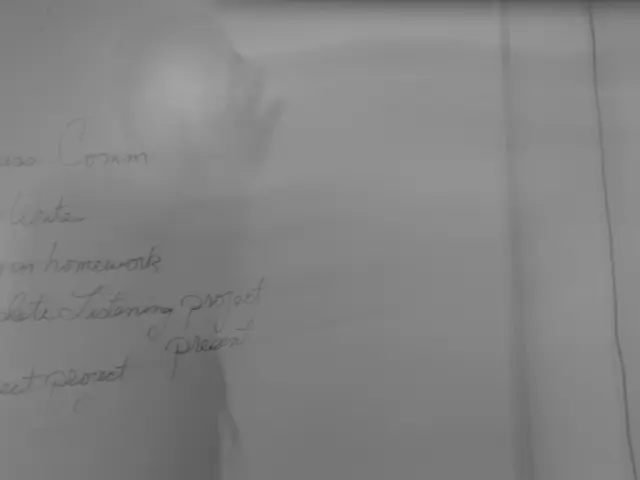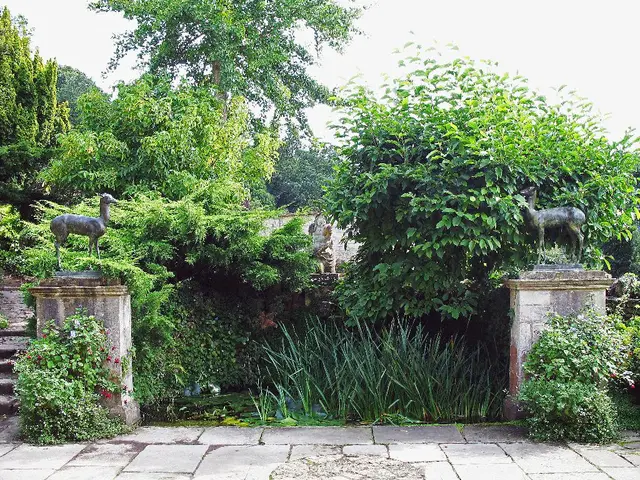Restoration of Mauthe (FMS) Wall Clock - Continuation: Servicing the Time Mechanism
In the heart of Parrsboro, Nova Scotia, a 100-year-old German FMS Mauthe wall clock has found a new home. This intricate piece of horology, dating back to around 1898-1905, boasts an Adler gong with the FMS eagle, a symbol that marks its production from 1898 onwards.
The clock, with its dial adorned with four pins for removal, was in need of some tender love and care. Upon dismantling the clock, it was found that the minute hand was soldered to the arbour, a departure from the standard method for securing the minute hand in FMS Mauthe clocks. The clock mechanism, like many traditional mechanical clocks, relies on a friction fit and precise mechanical tolerances to ensure correct operation and adjustability of the hands. Soldering would have risked damage to delicate components, prevented proper hand movement, and interfered with the clock’s timekeeping function and adjustments.
Despite the soldered minute hand, the movement of the clock was in generally good condition after not being serviced for some time. However, a broken suspension spring was found during the servicing, and a replacement was ordered.
The pallets and escape wheel of the movement had little wear, and the pivots had very little wear and polished up nicely. However, four pivot holes needed attention, two on the strike side were not so bad that they could wait, but two others were quite worn. The centre wheel, front and the motion works wheel just above it, both had worn pivot holes that required attention.
The reassembled movement was oiled and mounted in the clock case. After some adjustments, the movement is running well after servicing. The strike side of the clock was sluggish and would not engage from time to time, which was attributed to an enlarged pivot hole on the star wheel, and a slightly bent arbour on the second wheel of the strike side.
To accommodate the long pendulum of the clock, the author designed and built an extension for their movement test stand. The clock is now ticking away, keeping time once more, a testament to the craftsmanship of the past and the care taken in its restoration.
The back plate of the clock bears numbers indicating 105 beats per minute, 42 length of the pendulum rod in centimeters, a patent number 55006 issued to Heinrich Kielmann in 1890/1, and a production run number 20934. These details offer a glimpse into the history and provenance of this beautiful timepiece.
As the clock continues to keep time, it serves as a reminder of the precision and craftsmanship that went into its creation over a century ago. The restoration process highlights the importance of careful mechanical restoration and repair, especially in vintage and intricate mechanical clocks like the FMS Mauthe, where precise fit and gentle handling are critical.
In the process of restoring the FMS Mauthe wall clock, it became clear that a lifestyle centered on home-and-garden, coupled with an appreciation for vintage clocks, would be ideal for its new owner. As technology advances and digital timekeeping becomes ubiquitous, the restoration of such intricate, historical mechanical pieces like the clock restoration serves as a tribute to the technology of yesteryears and fosters a deeper connection with the past.



